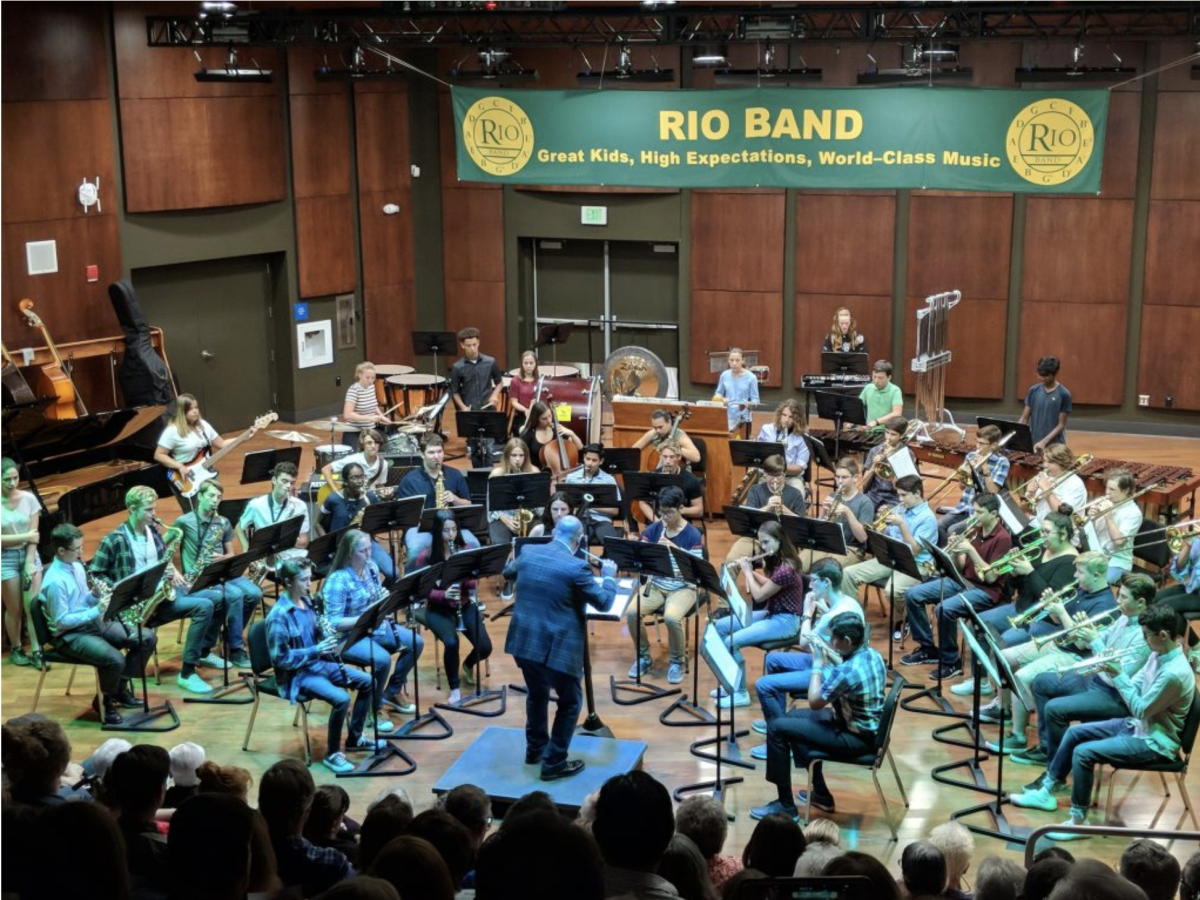Snacks Attacked
New food rules leave many students with Pop Tart craving
If high school TV sitcoms have taught us one thing, it’s that you can do anything as long as you have a quirky best friend sidekick. If it’s taught us another thing; it’s that we shouldn’t like cafeteria food; it’s unhealthy and unappetizing.
With the new laws, at least one of those adjectives is changing.
In response to new state laws, the menu has changed to incorporate healthier food, such as whole wheat pizza and whole wheat cinnamon buns, and eliminating sugary snacks, such as Pop Tarts. However, students still don’t like the food.
“The changes have been for the better,” said the on-campus Nutrition Supervisor, Rodney Lewis.
Some of the changes include a 200 calorie limit for “a la carte” items. There is also a 230 mg sodium limit for snacks, and 480 mg sodium limit for entrees, a total sugar count of no more than 35 percent of the product’s weight, and no trans-fat. To understand that amount, a snack size bag of Cheetos has 247 mg of sodium and 153 calories.
With requirements like this it is no wonder all of the snack carts previously on campus have disappeared. The ones that remain have reduced their product count drastically.
Some foods such as nuts and skim mozzarella cheese have been exempt from this rule due to their naturally high amount of fat or sugar.
The menu change has caused an outcry from students who frequent the cart. Who would blame them, as laws have been created to ensure that students won’t be buying Pop Tarts at Rio anymore. The craving for sugar and enriched flour can no longer be curbed by the glazed toaster strudel.
A contrasting view of the change comes from Lewis. As one would expect from a nutrition supervisor, Lewis believes that the new laws will show students how they should be eating.
“Sometimes we don’t do better because of a lack of knowledge,” said Lewis.
However, many students are missing their regular cinnamon rolls, Round Table pizza, and ramen.
“I don’t like the healthy stuff,” said freshman Ava Soesbe.
In response to the common reactions like this, Lewis instructs the students to “break out of old habits and try new food.”
There are some students who support the healthy eating decisions, though.
“The new food is forcing me to keep away from the junk food, which helps out in the long run,” said junior Annie Ware.
Twenty-two million dollars were recently spent on changing menus throughout the district, advertising, and educating about healthy nutrition.
“The money went to a good cause,” said Lewis.
One may believe that with the change more students will simply go to the vending machine, or bring food from home.
“Although I understand the restrictions, I think it wasn’t the best financial decision,” Senior Eric Balaam said.
However, Lewis says that the opposite occurred; cafeteria meal/entree sales have actually increased while al a carte sales have decreased. However, this does not take into account the vending machine sales.
Lewis believes these changes of diet will reflect in the next generation by raising awareness and educating students about nutrition.
“We as a country – we want what we want, and we don’t want the consequences,” said Lewis. “In life we’re always faced with changes; be optimistic.”
The new policies are all part of an experimental process, and we won’t truly know the results for a long time. For now, students must unhook themselves from the sugar and sodium addiction and get on a path of healthy living.




























